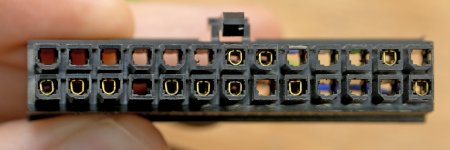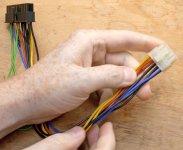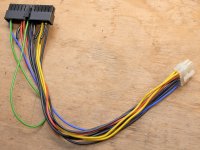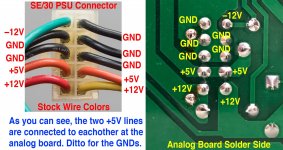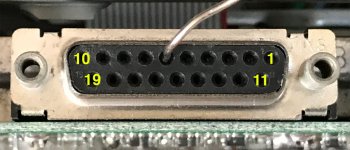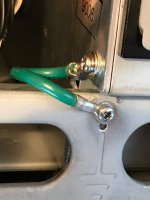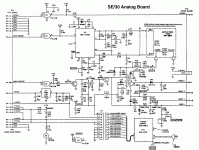superjer2000
Well-known member
Do you have a way to measure the temperature of the Seasonic case? With the case off, mine had hot points around key areas of the supply that I didn't consider to be too hot. Seasonic may be targeting uses where there is a preference to not have the fan running (ie home theatre) It would be possible to rewire it so the fan is always on if that is a priority.I connected my Seasonic PSU to a single spinning platter HDD for 1 hour and the HDD was spinning for that entire 1 hour. The PSU fan never came on, and it was just as hot to the touch after 1 hour as my previous no-Load test. Again, I am not surprised the fan did not turn on because the Seasonic makes it clear that it won't turn on if the Load is 30% or less of its output capacity. Again, this seems to prove there is no temperature sensor or temperature activated fan control in the Seasonic PSU.
UPDATE: Hmmm. Maybe it does have a temperature sensor after all. It's pretty hot here in Japan, so I decided to switch off the A/C for a while and then watch the fan. Sure enough, the fan started spinning. It spins 8 seconds ON, then 8 seconds OFF, and then that cycle repeats. The PSU is still quite warm to the touch, even with only that HDD spinning, but at least I now know the fan is working and it seems to be temperature controlled.
I can hear the fan in my Seasonic in my SE/30 turn on after around 20 minutes and my SE/30 runs quite cool on its stock fan as measured by my hand on the side of the case and at the fan outlet at the back.
When i I am home in a week I can set up one of my new units (before disassembly) with a hard disk attached and let you know how warm it gets.



